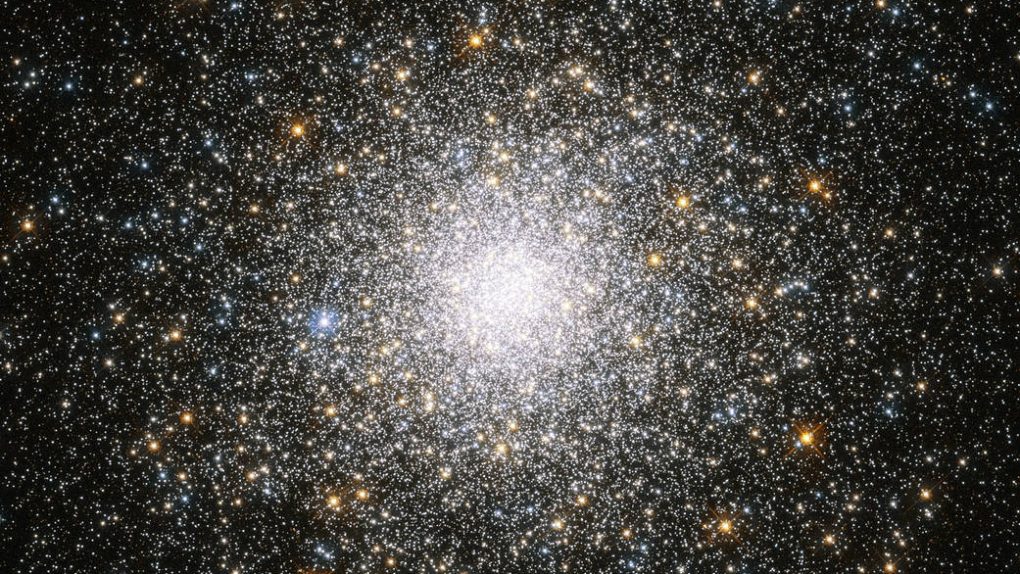Scientists have a pretty good handle on the life cycle of various stars. They know the types of stars that are likely to die in fiery supernova blasts, and they know that not all supernova are created equal. Still, space has many untold secrets, and a new study published in The Astrophysical Journal reveals that scientists had their understanding of supernova thrown into question after observing an explosion so massive that they initially thought their instruments had broken.
The explosion in question, called SN2016iet, was first spotted back in 2016, but it took a further three years for astronomers to truly understand what they were seeing.
“When we first realized how thoroughly unusual SN2016iet is my reaction was ‘whoa – did something go horribly wrong with our data?'” Harvard grad Sebastian Gomez, lead author of the paper, said in a statement. “After a while, we determined that SN2016iet is an incredible mystery, located in a previously uncatalogued galaxy one billion light years from Earth.”
Working backwards from what they could see of the star’s current state, the team determined that the blast was created by a star 200 times as massive as our own Sun. Researchers believe it shed a whopping 85 percent of its mass during its brief existence which ultimately ended in a colossal detonation. The huge amount of material the star shed, along with the supernova explosion itself, produced a sight that left scientists scratching their heads for years.
“Everything about this supernova looks different—its change in brightness with time, its spectrum, the galaxy it is located in, and even where it’s located within its galaxy,” Professor Dr. Edo Berger explains. “We sometimes see supernovas that are unusual in one respect, but otherwise are normal; this one is unique in every possible way.”
Going forward, the team plans to continue to observe SN2016iet and, hopefully, learn more about its past and future. This will be made easier by the fact that the explosion was incredibly bright, and located in a bare area of the sky, so there may still be more it can teach us.








